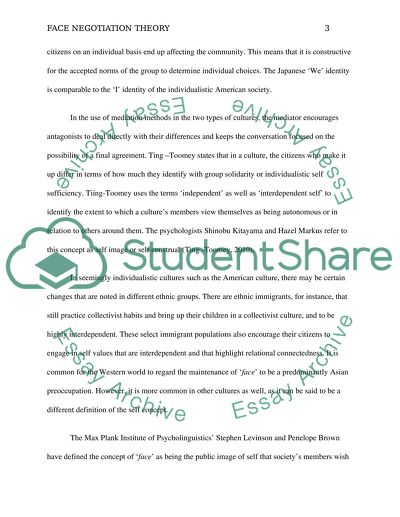Cite this document
(“Face Negotiation Theory Essay Example | Topics and Well Written Essays - 1000 words”, n.d.)
Face Negotiation Theory Essay Example | Topics and Well Written Essays - 1000 words. Retrieved from https://studentshare.org/journalism-communication/1495564-face-negotiation-theory
Face Negotiation Theory Essay Example | Topics and Well Written Essays - 1000 words. Retrieved from https://studentshare.org/journalism-communication/1495564-face-negotiation-theory
(Face Negotiation Theory Essay Example | Topics and Well Written Essays - 1000 Words)
Face Negotiation Theory Essay Example | Topics and Well Written Essays - 1000 Words. https://studentshare.org/journalism-communication/1495564-face-negotiation-theory.
Face Negotiation Theory Essay Example | Topics and Well Written Essays - 1000 Words. https://studentshare.org/journalism-communication/1495564-face-negotiation-theory.
“Face Negotiation Theory Essay Example | Topics and Well Written Essays - 1000 Words”, n.d. https://studentshare.org/journalism-communication/1495564-face-negotiation-theory.


